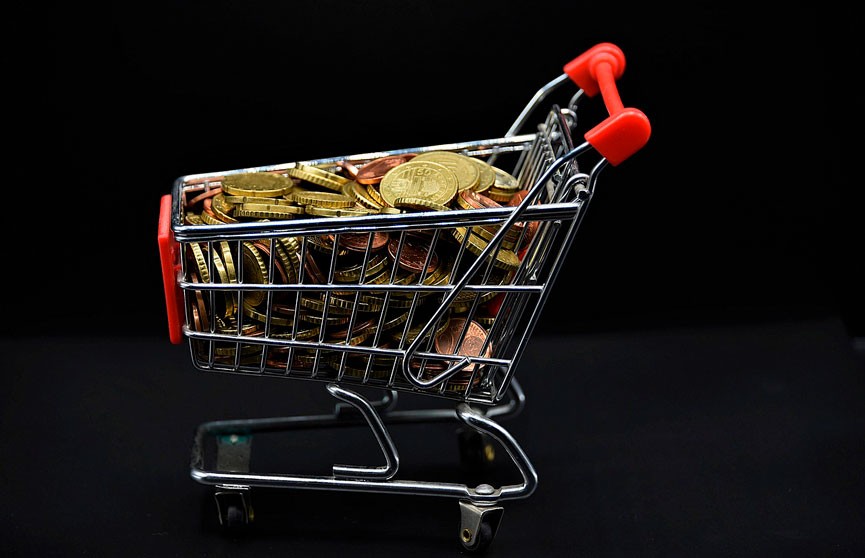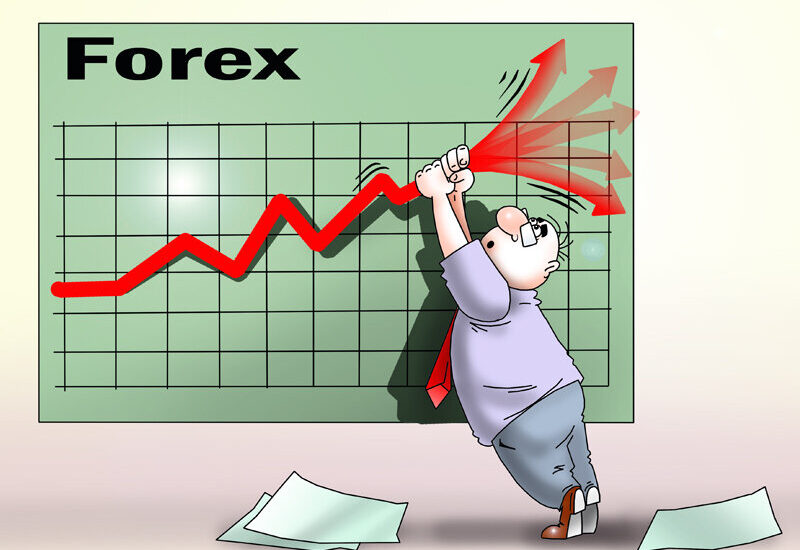Currency basket: principle of formation and peculiarities of use
Currency markets are subject to fluctuations, and various instruments are used to regulate them. One of them is the currency basket. This is a mechanism that helps stabilize the exchange rate of the national currency and reduce dependence on fluctuations of one particular monetary unit. Let’s see how the currency basket is formed, why it is needed and where it is used.
How the currency basket is formed
A currency basket is a set of several foreign currencies selected on the basis of certain criteria. It is important that they have a significant impact on the economy of the country or group of countries using the basket.
- Selection of currencies. The basket usually includes the world’s major currencies – the US dollar (USD), the euro (EUR), the British pound (GBP), the Chinese yuan (CNY), the Japanese yen (JPY) and others. The choice depends on the foreign trade structure of the country or currency union.
- Weight of currencies in the basket. Each currency has its own weight, which is calculated based on trade relations, share in international settlements and level of stability. For example, if most of a country’s exports go to the eurozone, the euro will have a significant weight in the basket.
- Revising the composition. From time to time, the composition of the currency basket is revised to reflect the current economic situation. For example, if trade flows change, weights may need to be adjusted or currencies substituted.
Why a currency basket is needed
The main purpose of a currency basket is to smooth out sharp jumps in the exchange rate of a national currency and make the economy more resilient to external shocks.
- Reducing dependence on one currency. If the exchange rate is pegged to one currency, the country becomes vulnerable to its fluctuations. The basket reduces this risk, as the fall of one currency is compensated by other currencies.
- Exchange rate stabilization. Central banks use the currency basket to calculate the exchange rate, which helps to avoid sharp spikes and facilitates foreign trade.
- Application in international settlements. Some international organizations use currency baskets to value assets, such as the IMF’s Special Drawing Rights (SDR) basket.
Where currency baskets are used
Currency baskets are widely used both at the government level and in the commercial sector.
- Determining the exchange rate of a national currency. Some countries, such as China, use a currency basket to calculate the approximate exchange rate of their currency. This helps to manage its value without being rigidly tied to a single foreign currency.
- Calculation of inflation and indices. Currency baskets are used in economic analysis, for example, when calculating price indices for international trade.
- Formation of investment instruments. Banks and investment funds develop financial products linked to the value of the currency basket to reduce the risks of currency fluctuations.
The currency basket is an important tool to smooth the impact of fluctuations in individual currencies on the economy. Its use helps central banks to manage the exchange rate, reduces currency risks and contributes to the stability of international settlements. The use of this mechanism makes financial systems more resilient in the face of global economic uncertainty.



